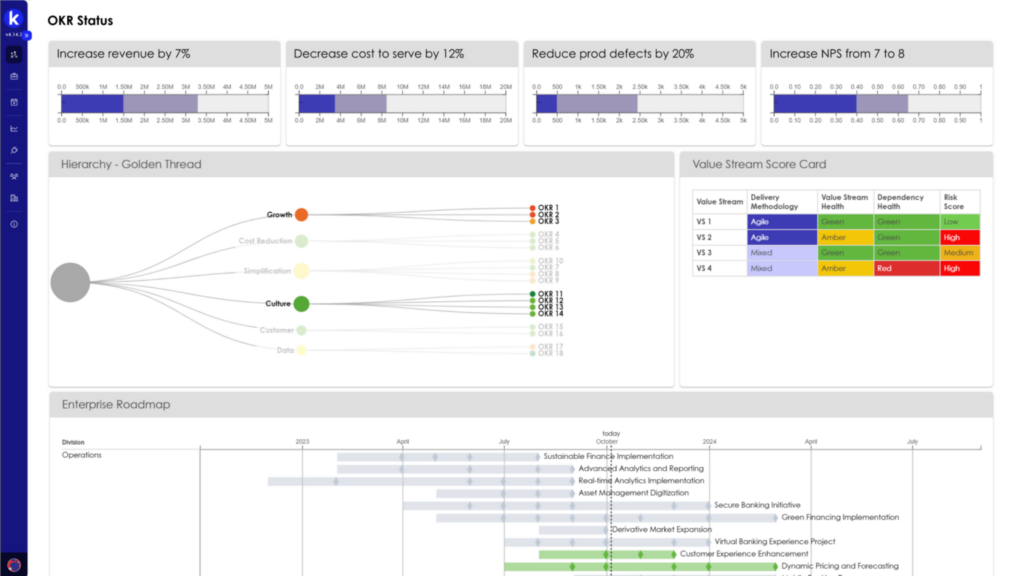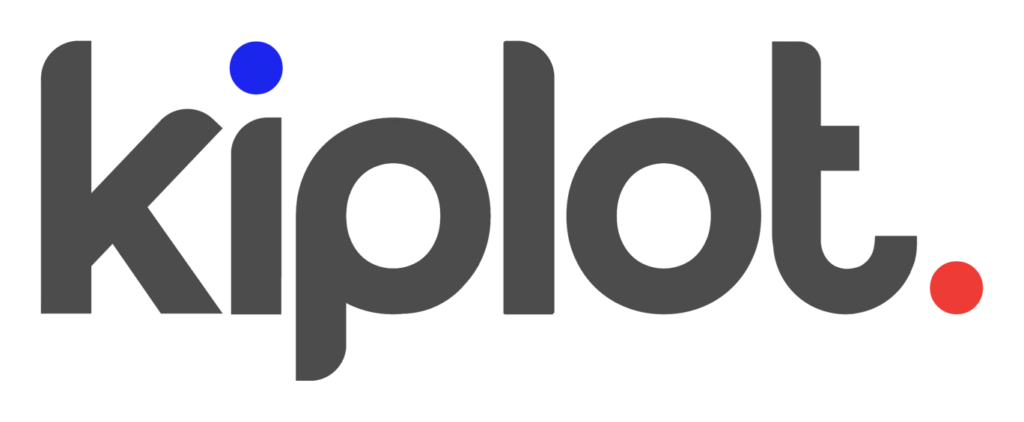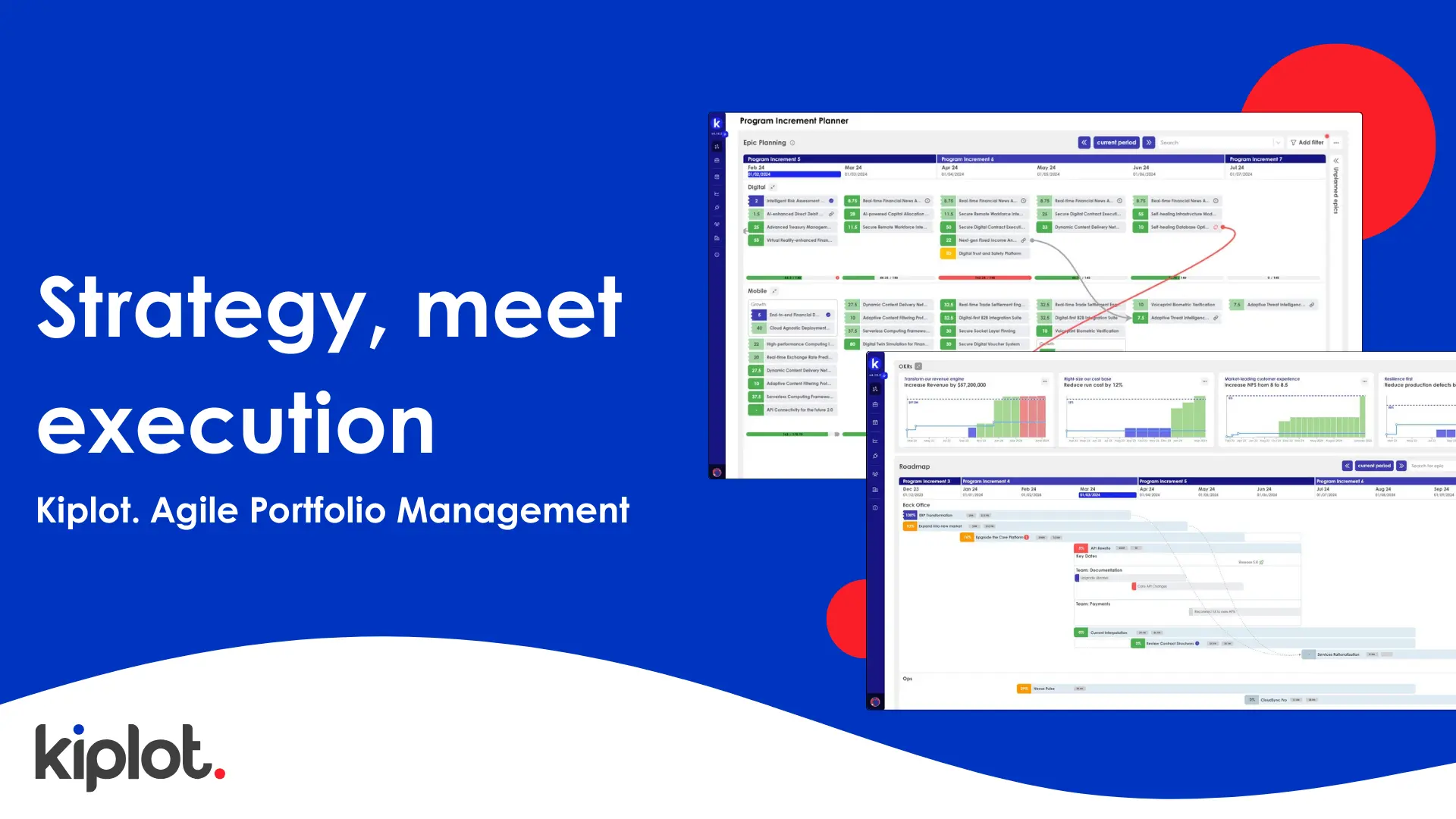Introduction
Objectives and Key Results (OKRs) are crucial to agile portfolio management and agile methodology because they provide a clear, structured framework for setting and achieving strategic goals. In agile environments, where flexibility and rapid response to change are essential, OKRs help ensure alignment between teams' daily activities and the broader organizational objectives. This alignment fosters transparency and accountability, as progress toward key results is regularly tracked and reviewed.
OKRs promote focus by clearly defining priorities, which helps teams allocate resources efficiently and avoid overcommitting. By setting ambitious yet achievable goals, OKRs drive continuous improvement and innovation, crucial for maintaining agility and adapting to changing market conditions. Integrating OKRs into agile portfolio management enhances strategic execution, optimizes resource utilization, and ensures that all efforts contribute to the organization's long-term success.
What are OKRs?
Objectives are your goals – what you aim to achieve. They should be ambitious yet achievable, and aligned with your strategic vision. Key Results are the specific, measurable actions that will help you realize these objectives. Writing effective OKRs involves striking the right balance between ambition and realism.
What makes a great OKR?
💡 The best OKRs inspire action and are designed to be clear, quantifiable, and time-bound, providing a direct link to your strategic goals.
How to Write OKRs
To write impactful OKRs, ensure your objectives are clear and motivational, and your key results are specific, measurable, and achievable within a set timeframe. This approach not only drives focus and alignment but also enhances accountability and progress tracking.
By following these principles, you can create OKRs that propel your organization towards its strategic vision with clarity and purpose.
Step 1: Ensure Clear Strategic Alignment
OKRs should act as a bridge between your organization's strategic goals and daily actions. They should embody the strategic intent, thus ensuring that everyone's working towards the same overarching objectives.
| Do: | Set OKRs that stem directly from your organization's strategic goals. For example, if your strategic goal is to "become a leader in customer satisfaction within our industry," an OKR might be to "achieve a Net Promoter Score (NPS) of 8 or above by the end of the fiscal year." |
| Don't: | Avoid setting OKRs that are detached from strategic goals. An example of a poorly aligned OKR could be "Implement a new customer management software by Q2," without any clear connection to strategic objectives like customer satisfaction or efficiency. |
Step 2: Make it Measurable
While every OKR should be measurable, it's crucial to avoid binary or boolean OKRs—those with a stark "achieved" or "not achieved" outcome.
For instance, "Become compliant with GDPR" might seem straightforward, but it lacks insight into progress, doesn't acknowledge partial successes, and can demoralize teams. Instead of binary outcomes, aim for OKRs that give insight into the journey, like "Achieve 80% GDPR compliance milestones by Q3." Such OKRs recognize and motivate the incremental efforts that lead to larger successes, while also offering a clearer picture of where efforts need to be focused.
| Do: | Aim for quantifiable OKRs that allow you to track progress over time. For instance, instead of the above, you could have "Secure meetings with 10 potential big clients" or "Increase our pitch-to-win ratio by 20% with major clients." These provide more granularity on the progress and the efforts made towards the goal. |
| Don't: | Avoid setting OKRs that offer a simple "yes or no" outcome without providing insights into the journey towards that outcome. They can hide valuable learning points and can often be demotivating if the objective seems unlikely halfway through. |

Step 3: Be Ambitious, but Realistic
Here is where you must consider the Stretch Goal Paradox. The Stretch Goal Paradox is a concept discussed by experts in goal-setting, including the Harvard Business Review. It refers to the delicate balance between setting targets that are ambitious enough to drive innovation and superior performance, and avoiding targets that are so tough they kill motivation and diminish morale.
In essence, while stretch goals can significantly accelerate an organization's performance, they're not universally applicable. When applied under the right circumstances, they can boost creativity, innovation, and lead to breakthrough solutions. But when the prerequisites for success aren't present — a foundation of learning, a positive performance trajectory, or the right resources — they can backfire badly.
| Do: | Set OKRs that are ambitious enough to encourage significant effort. For instance, "Increase our customer retention rate to 90% by Q4" can be a challenging but achievable goal. |
| Don't: | Avoid setting impossible key results like "Achieve 100% customer retention in the next quarter." These can be demoralizing and counterproductive. |
Step 4: Set a Specific Time Frame
Time-boundedness is a crucial aspect of OKRs. This sense of urgency helps focus efforts and gives a clear finish line, fostering a sense of achievement when met.
| Do: | Always provide a clear deadline for your OKRs. For instance, "Increase employee satisfaction scores to 85% as measured by the annual employee survey." |
| Don't: | Avoid undefined timelines. A poorly defined time frame would be "Increase employee satisfaction scores at some point." |
Step 5: Engage the Whole Organization
OKRs shouldn't be a top-down imposition but a collaborative process involving all levels of your organization. The best OKRs resonate with everyone, fostering a sense of ownership and commitment.
| Do: | Set OKRs that everyone can understand and engage with. For instance, "Implement at least three employee-suggested innovative initiatives by the end of the year." |
| Don't: | Avoid setting OKRs that are irrelevant or incomprehensible to the wider organization. A poorly conceived OKR would be "Implement a new data pipeline architecture using Spark and Hadoop," which may not mean much to non-technical staff. |
Example OKRs
Implementing OKRs within an agile framework is a powerful strategy for aligning team efforts with organizational goals, enhancing transparency, and driving continuous improvement. OKRs help teams focus on measurable outcomes, fostering a results-driven culture that is crucial for agile success.
In this section, we provide five example OKRs tailored for organizations looking to embrace agile working. These examples illustrate best practices in setting clear, achievable, and strategic objectives that can propel your agile transformation forward.
1. Objective: Improve Team Collaboration Across Agile Initiatives
Key Results:
- Implement daily stand-up meetings for 100% of teams by Q2.
- Achieve 90% attendance in all sprint retrospectives by Q3.
- Increase cross-team initiative documentation by 50% by Q4.
Why It's a Great OKR:
- Specific: Targets collaboration through meetings, attendance, and documentation.
- Measurable: Each key result has a clear metric (100%, 90%, 50%).
- Achievable: The results are challenging but feasible within the timeframe.
- Relevant: Directly supports agile principles of communication and continuous improvement.
- Time-bound: Clear deadlines are set for each key result.
2. Objective: Enhance Agile Training and Adoption
Key Results:
- Conduct agile training sessions for 100% of portfolio managers by Q3.
- Certify 80% of team members in Scrum methodology by Q4.
- Launch a mentorship program and enroll 20 mentors by the end of Q2.
Why It's a Great OKR:
- Specific: Focuses on training, certification, and mentorship.
- Measurable: Defines clear targets (100%, 80%, 20 mentors).
- Achievable: Goals are attainable with structured programs.
- Relevant: Essential for successful agile implementation and skill development.
- Time-bound: Sets specific deadlines for each activity.
3. Objective: Increase Efficiency in Delivery
Key Results:
- Reduce sprint cycle time by 20% by Q4.
- Increase the number of completed story points per sprint by 25% by Q3.
- Achieve a 95% on-time delivery rate for all sprints by Q4.
Why It's a Great OKR:
- Specific: Targets efficiency through cycle time, story points, and delivery rates.
- Measurable: Clearly defined percentage goals (20%, 25%, 95%).
- Achievable: Focuses on realistic improvements based on current metrics.
- Relevant: Directly impacts the effectiveness of agile project management.
- Time-bound: Provides specific deadlines for achieving each result.
4. Objective: Enhance Customer Satisfaction through Agile Practices
Key Results:
- Increase customer satisfaction scores by 15% by Q3.
- Achieve a Net Promoter Score (NPS) of 50 by the end of Q4.
- Implement a feedback loop with 100% of customers after each project by Q2.
Why It's a Great OKR:
- Specific: Focuses on customer satisfaction and feedback.
- Measurable: Uses specific metrics (15%, NPS 50, 100% feedback loop).
- Achievable: Goals are ambitious but attainable with focused effort.
- Relevant: Customer satisfaction is crucial for agile success and continuous improvement.
- Time-bound: Sets clear deadlines for each key result.
5. Objective: Streamline Agile Resource Allocation
Key Results:
- Implement resource capacity planning tools in 100% of agile teams by Q2.
- Reduce resource allocation conflicts by 30% by Q3.
- Achieve 85% utilization of allocated resources by Q4.
Why It's a Great OKR:
- Specific: Targets resource planning and utilization.
- Measurable: Defines clear metrics (100%, 30%, 85%).
- Achievable: Goals are challenging yet feasible with the right tools.
- Relevant: Efficient resource allocation is essential for agile project success.
- Time-bound: Provides specific timelines for each key result.
These OKRs are structured to ensure they are SMART (Specific, Measurable, Achievable, Relevant, Time-bound), which is essential for effective goal setting and tracking in agile environments.
Further Reading on OKRs
Radical Focus: Achieving Your Most Important Goals with Objectives and Key Results
Measure What Matters: OKRs: The Simple Idea That Drives 10x Growth
Kiplot: Key Pitfalls To Avoid When Implementing OKRs
Conclusion
Writing effective enterprise OKRs is not just about setting ambitious goals but about creating a framework that aligns your team's efforts with the strategic vision of your organization. By focusing on clear, measurable key results, you can drive accountability, enhance productivity, and ensure that everyone is working towards the same objectives.
As you continue to refine your OKR process, consider leveraging tools that simplify and streamline this critical task. Kiplot's OKR features are designed to help you set, track, and achieve your objectives with ease. From aligning your team’s efforts to providing real-time insights into progress, our OKR software ensures organizations work with a structured framework for setting and achieving strategic goals.
To learn more about how Kiplot can enhance your OKR process, click here.

